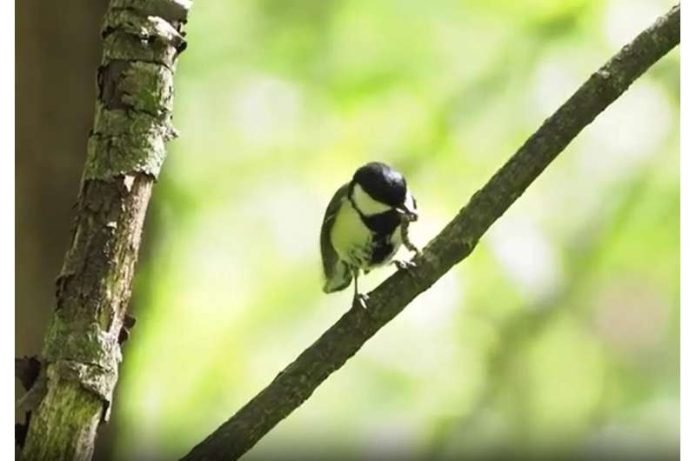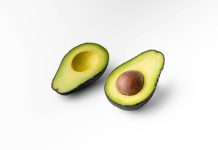
In a new study from the University of Tokyo, researchers have unveiled a fascinating aspect of avian behavior: the Japanese tit, a small bird species, communicates with its mate using wing gestures reminiscent of a polite “after you” gesture.
This discovery, published in Current Biology, challenges long-held assumptions that complex gestural communication was exclusive to humans and great apes, broadening our understanding of visual communication among birds.
Gestures play a crucial role in human communication, from a thumbs up to waving goodbye or pointing to an object.
While it’s been known that some animals, including great apes, ravens, and fish, use basic gestures to communicate, the idea of symbolic gestures—those that convey a specific message without direct contact—was thought to be beyond the cognitive abilities of most animals.
However, the Japanese tit has shown that even small birds possess the capacity for such sophisticated communication.
Associate Professor Toshitaka Suzuki, a lead researcher on the study, has spent over 17 years studying these intriguing birds.
His interest was piqued by their complex vocalizations, which include specific calls with particular meanings and the combination of these calls into phrases following syntactic rules.
This curiosity led to the exploration of the birds’ use of physical gestures as a form of communication.
The research focused on observing 16 parent birds (eight mating pairs) during the spring nesting season. Japanese tits, which form mating pairs and build nests in tree cavities, demonstrated a specific behavior when returning to their nest with food.
Before entering the nest one at a time to feed their nestlings, one bird would often flutter its wings toward its mate, seemingly indicating that the mate should enter the nest box first.
This wing-fluttering behavior was meticulously analyzed over 320 nest visitations, showing that it indeed facilitated the order in which the birds entered the nest, with the bird being fluttered at usually entering first.
Interestingly, the gesture was predominantly used by female birds, prompting further investigation into the reasons behind this gender-specific behavior.
The significance of this gesture lies in its fulfillment of the criteria for a symbolic gesture: it occurred exclusively in the presence of a mate, ceased once the mate entered the nest box, and prompted the mate to enter without physical contact.
Moreover, it was directed at the mate rather than the nest box, distinguishing it from gestures pointing out objects of interest.
This discovery opens up new avenues for understanding animal communication, suggesting that the evolution of gestures could be linked to physical adaptations, such as birds’ ability to perch freeing their wings for gestural use.
Suzuki’s ongoing research aims to delve deeper into the world of animal languages, exploring the combinations of gestures and vocalizations used by birds.
This work not only sheds light on the complex communication systems of animals but also provides insights into the origins and evolution of human language, illustrating the interconnectedness of life on Earth and the sophisticated ways in which it communicates.
The research findings can be found in Current Biology.
Copyright © 2024 Knowridge Science Report. All rights reserved.



